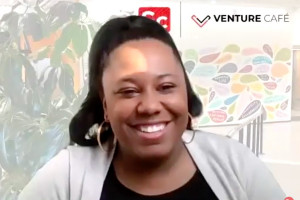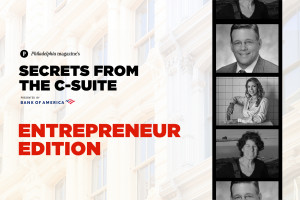People Are Still Traveling Outside Philly to Avoid Soda Tax, Study Finds
A new study from market research firm Catalina suggests what soda tax opponents have been saying all along: shoppers are going outside city limits to avoid Philadelphia’s sweetened-beverage tax.
The researchers, who say they take no position on the tax, looked at 109 million consumer transactions inside and outside of Philadelphia to determine the impact of the tax on retailers and certain beverage categories during the first five months of 2017. The team compared sales during these early months to sales during the same period in 2016 at hundreds of stores inside and outside of city limits.
Here are five key takeaways from the report:
- Sales of sweetened beverages inside the Philadelphia city core have decreased.
The report looked at five different drink categories—carbonated soft drinks, sweetened coffee and tea, sports drinks, energy drinks—and for each drink category, sales in the city core have gone down. Carbonated soft drinks, by far the largest sweetened beverage category, were down 55 percent. - Sales of sweetened beverages outside of city limits either increased or remained the same.
a. Researchers looked at the purchasing behavior of consumers in the same five beverage categories. Carbonated soft drinks experienced a 38 percent increase in sales outside the city. - There’s been a shift in the number of soda shopping trips and in the volume of purchases per trip.
a. The volume of soft drink purchases per trip is up 17 percent compared to last year, the study says. While total shopping trips in Philly’s core remained relatively flat in the first three months of the tax, that average basket size decreased by 5 percent, possibly due to the decline in sweetened beverages in the shopping cart, according to the study. - Consumers are buying more bottled water in Philadelphia.
a. The study shows that sales of bottled water, perhaps as an alternative to sweetened beverages, have increased in Philadelphia. In the six weeks following the tax, bottled water sales within an area designated as “Philly Core” grew by 13 percent, driven by the increase in value water, the report says. - Sales of non-taxed juices have dropped.
a. Sales of natural refrigerated juices, which aren’t taxed, have declined, most likely because shoppers mistakenly believe they are being taxed, according to the report.
Through the end of June and since the start of January, Philadelphia has collected $39.3 million in revenue, which is about 15 percent short of the its initial projection of $46 million and just short of its revised revenue estimate of $39.7 million. City spokesman Mike Dunn told Philadelphia magazine that the fact that the city has raised nearly $46 million in seven months is strong evidence that the study’s findings are overstated. According to Dunn, a 55 percent decline in consumption inside city limits would not have generated that level of revenue.
Another big reason to doubt the reasonableness of the findings, says Dunn, is that the report only addresses retail sales of sweetened beverages. “Supermarkets account for less than half of beverage sales in Philadelphia,” Dunn said, with restaurants, institutional venues like universities and hospitals, and other non-supermarket outlets making up the majority.
When the city first estimated changes in consumption, it projected a 27 percent decline. “While we think Catalina is dramatically overstating the drop, we did expect that some people would be upset and drive over the city line,” Dunn said, “but then they do the math and realize the cost of gas or the pure inconvenience doesn’t make it worth it.”
As the city moves into the new fiscal year, Dunn says the tax though 15 percent short of original projections, will still support its three intended initiatives—pre-K expansion, community schools, and Rebuild.
Follow @fabiolacineas on Twitter.



